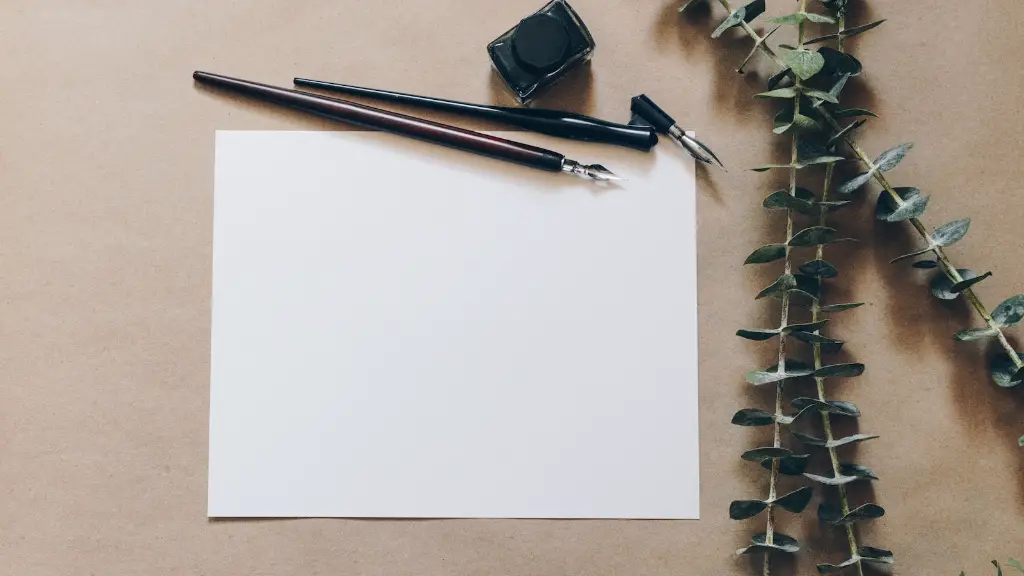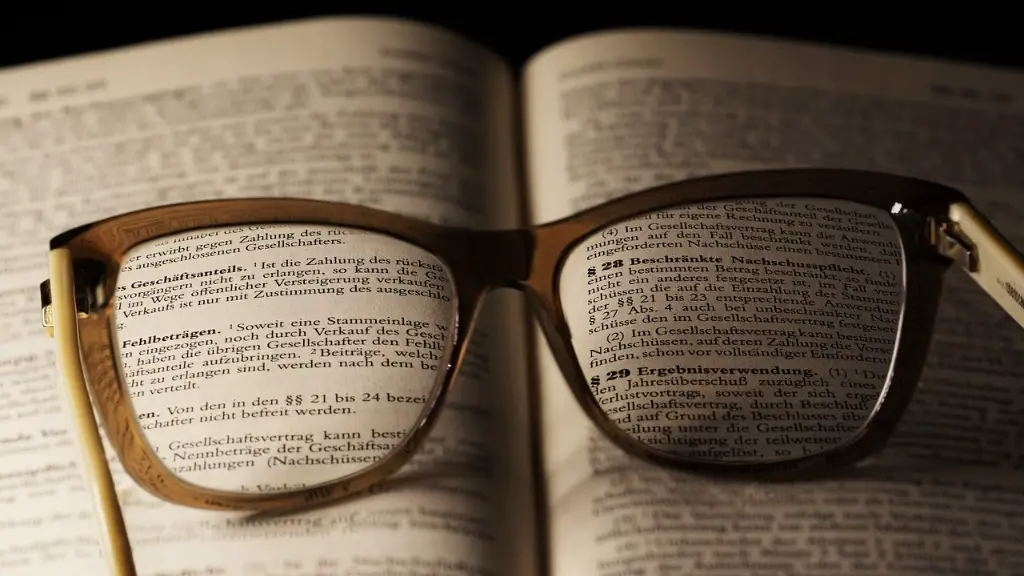Poetry is a form of creative expression that has been used for centuries. It is an art form that is often misunderstood and underappreciated. But what are the structures of poetry that make it so special?
The most common structure used in poetry is rhyme. Rhyme is when two or more words in a poem have the same end sound. This can be either a full rhyme or a slant rhyme, which is when the end sounds are similar but not the same. Rhyme can be used to create a musical feel and to make a poem more memorable. It is also good for emphasizing certain words.
Rhythm is another important element of poetry structure. Rhythm is the pattern of stressed and unstressed syllables in a line of poetry. It is the overall pattern of sound that is created when a poet reads a poem. This can create a sense of movement, momentum, and energy in the poem that can help to express the poet’s feelings and ideas.
A third structure used in poetry is imagery. Imagery is the use of words to create an evocative picture in the reader’s mind. Poets use images to evoke emotions, to illuminate deeper meaning, and to help the reader experience the poem on a deeper and more personal level. Poets often use a combination of visual, auditory, tactile, and olfactory imagery to create vivid, imaginative images in the reader’s mind.
Finally, form is another element of poetry structure. Form is a way of organizing the poem’s elements in a consistent way. Examples of forms are sonnets, ballads, villanelles, sestinas, and ghazals. Each form has its own structure and conventions. However, poets may choose to use a form in a completely unique way in order to suit their own artistic vision.
Underlying Meaning of Poetry
At the heart of poetry is its underlying meaning. A poem’s true meaning may not be immediately obvious, but when examined closely, it reveals a deeper truth. Poetry can be an effective way of conveying complex thoughts and emotions in a concise and powerful way. By examining the structure of a poem, readers can gain insight into the poet’s thoughts, emotions, and ideas. A good poem can inspire, inform, and even shock readers, a testament to its power.
Interpreting Poetry
Interpreting poetry can be difficult, as there is often no one “right” interpretation. Poetry lends itself to multiple interpretations, and different readers may find different meanings in the same poem. It is important for readers to be open to different interpretations and to consider how others may interpret the poem in a different way. By considering various interpretations, readers can gain a deeper understanding of the poem and the poet’s intentions.
Emotional Impact of Poetry
Poetry can have a profound emotional impact on readers. Through its use of imagery, rhythm, and form, poetry can evoke strong feelings in readers. It can be a powerful way of expressing emotions, inspiring readers to reflect on their own lives and experiences. Poetry can be healing, uplifting, and insightful, helping readers to connect with their innermost feelings and find perspective.
Exploring the Art of Poetry
Exploring the art of poetry can be an incredibly rewarding experience. It can open readers to new ways of thinking and new perspectives. Poetry can be an effective way of expressing thoughts and emotions, and it can be a powerful tool for self-reflection and personal growth. By understanding the structures of poetry, readers can gain a greater appreciation of the art form, and discover the beauty and power of poetry.
Challenges of Poetry
Writing poetry can pose its own set of challenges. Poets must craft language in a way that is meaningful and evocative. They must also work within the confines of specific forms and structures. Crafting a successful poem can be difficult, but when it is done correctly, it can be an incredibly rewarding experience. It can also provide writers with the opportunity to explore their own thoughts, feelings, and ideas in a creative and meaningful way.
Interpreting Poetry from Different Cultures
Interpreting poetry from different cultures can provide insight into the cultural values, beliefs, and ideas of the cultures in question. By carefully examining the language, form, and structure of a poem, readers can gain a better understanding of the poet’s intentions, and gain a greater appreciation of the universal themes of poetry.
Using Poetry as a Tool for Self-Expression
Poetry can be used as a powerful tool for self-expression. Through the use of language, form, and structure, poets can explore their thoughts and feelings in a creative way. Poetry can be a powerful tool for reflecting on life experiences, expressing emotions, and conveying ideas. It can be an effective way of reflecting on and exploring the human condition.
Sparking Conversations with Poetry
Poetry can be an effective way of sparking conversations about difficult topics. It can be used to explore and process difficult emotions, to discuss sensitive topics, and to open up communication between people. By writing and discussing poetry, people can connect in meaningful ways and gain different perspectives on life experiences.
Innovative Ways to Experience Poetry
There are many innovative ways to experience poetry. For example, poets can collaborate to create multi-voiced spoken word performances, or turn their work into art installations. Internet-based tools such as podcasts and video media can also be used to share poetry with a wider audience, enabling more people to experience and appreciate the art form.



